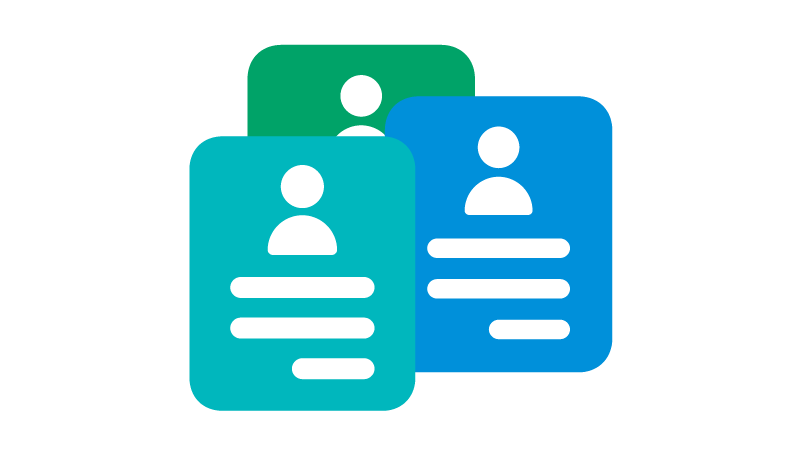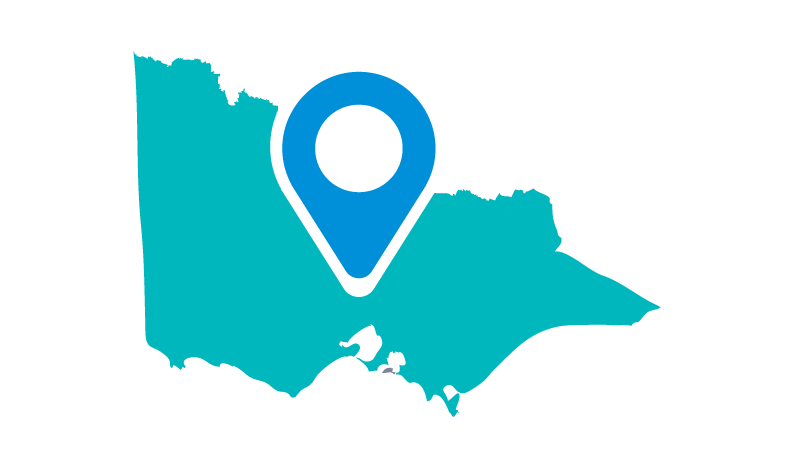Child protection work is rewarding, fulfilling, challenging and demanding. There are many opportunities in child protection – from Case Support Work (CPP2) to Expert Practice Leader (CPP6) roles.
Child protection practitioners are passionate about social justice and the rights of children. As a child protection practitioner, you'll join over 2,000 qualified social welfare and behavioural professionals in Victoria.
We're looking for professionals who are:
- confident
- resilient
- empathetic
- open to change when working together with families and other professionals.
While there is need for therapy-based skills, a great deal of case work involves statutory investigation, analysis and critical thinking.
What's involved in being a practitioner?
Child protection practitioners work for the Victorian Government. They investigate the safety and wellbeing of children at risk. They receive and assess reports of alleged child abuse and neglect from the community. In more serious circumstances, practitioners may be involved in court action.
To be an effective child protection practitioner, you’ll:
- understand that families are complex
- understand that families have their own unique histories
- be able to build relationships with children, young people and their families.
The work is interesting, challenging, busy and fulfilling. It involves therapeutic and analytical skills. Some roles may at times need to operate outside normal office hours. This includes at night, on weekends and public holidays. Relevant overtime or time in lieu provisions apply.
What jobs are available?
There are many opportunities across various levels in child protection. These range from Case Support Worker (CPP2) roles to Expert Practice (CPP6) roles. You can access and read the position descriptions for all roles.
Roles are located across the state. Please view where our offices are located to find out more about locations.
We will also advertise roles with a specific focus as required. You can view these by going to the Careers Victoria website. Choose ‘child protection’ in the 'occupations' category.
Once you know which role you are interested and qualified in, you can begin your application. To apply for a position in child protection, you need to hold a valid driver’s licence and the right qualification. You can view the list of eligible qualifications on our requirements and eligibility page.
Make sure that you have an up-to-date resume and academic transcripts ready to upload.
The Department of Families, Fairness and Housing is an equal opportunity employer. It is committed to increasing the number of Aboriginal people employed with the department. In particular, our focus is on increasing the number of Aboriginal child protection practitioners.
Read more about Aboriginal employment.
Make the move to regional Victoria
Are you considering work as a child protection practitioner in regional Victoria?
There are generous financial incentives for people who live and work in child protection in regional areas.
Read more about working in regional Victoria.

Child protection jobs - position descriptions
A wide range of full and part-time career opportunities are available across Victoria in child protection.
Child protection jobs - salaries and benefits
We offer competitive salaries and a broad range of benefits, including professional development, training programs, study leave, flexible working hours, generous leave entitlements and paid parental leave.

Child protection jobs - locations
Child protection offices are located across Victoria, in both regional and metropolitan areas.
Updated
